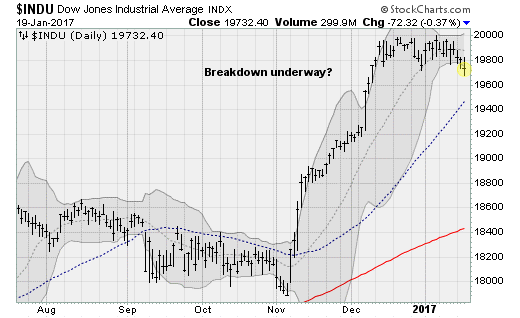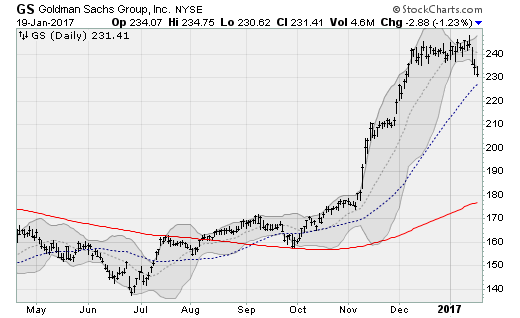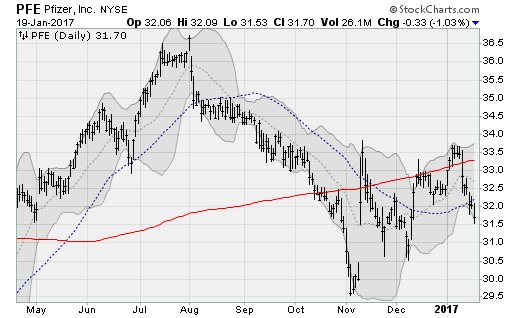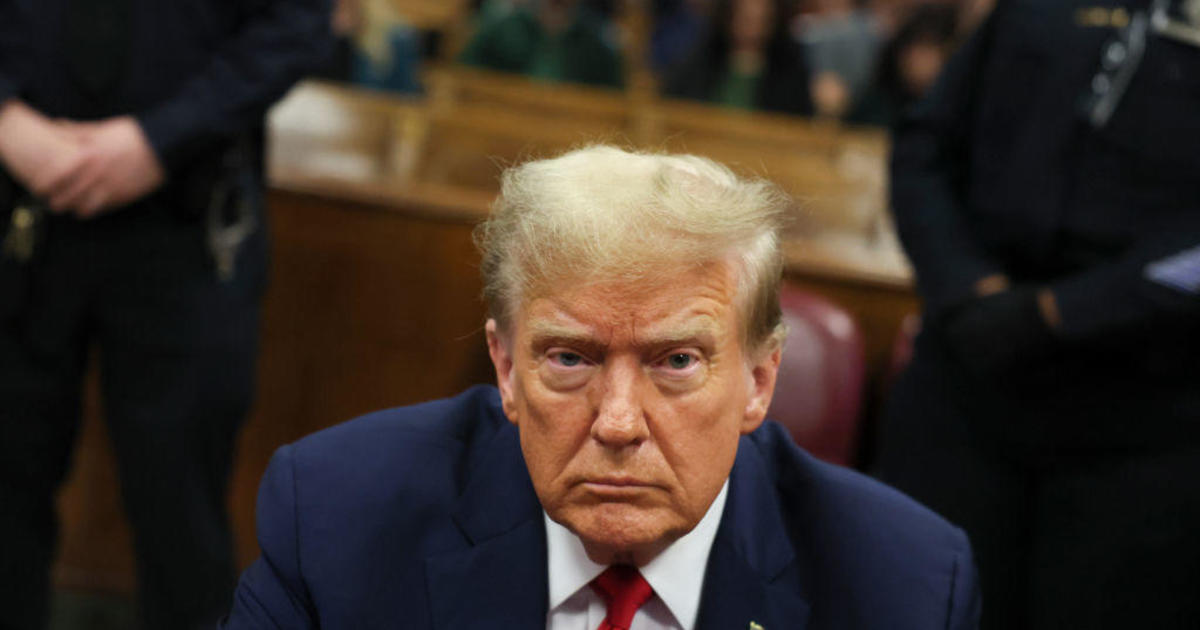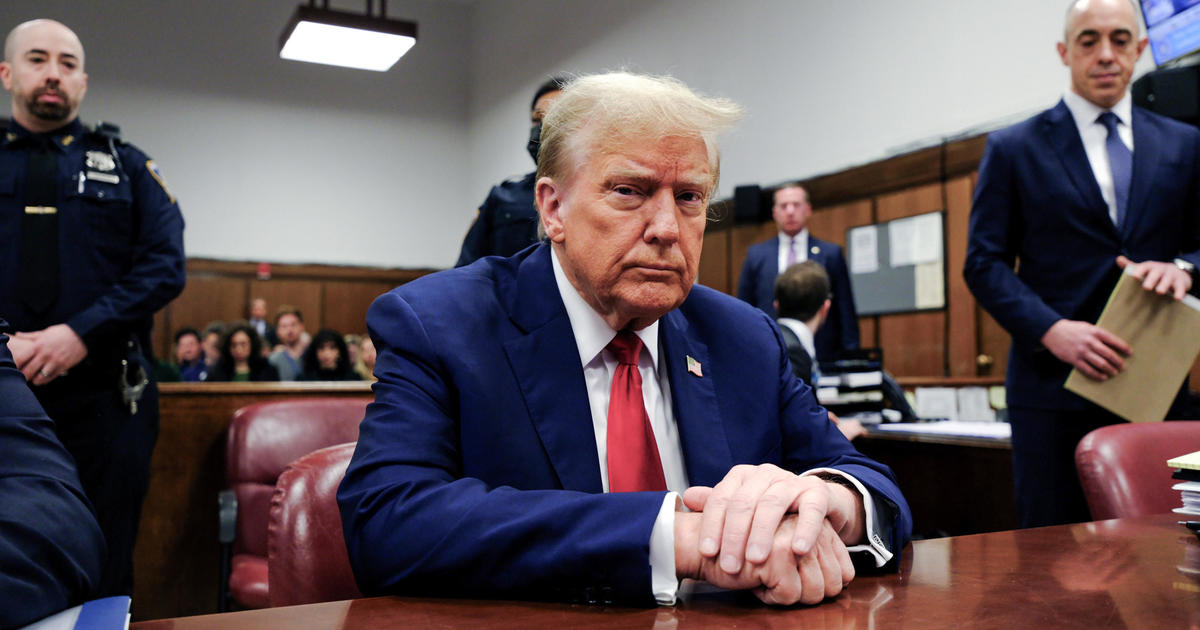Why Wall Street has Trump inauguration jitters
On Thursday, the last day before Donald Trump’s presidential inauguration, U.S. equities were hardly buoyant. Instead, they drifted lower, risking a breakdown out of a tight two-month consolidation range (chart below). In fact, the Dow Jones industrials average traded down into negative territory for the year-to-date.
On the surface, this seems a little odd given that Mr. Trump’s surprise victory boosted markets “big league” in a historic run to record highs.
But sentiment has turned recently, pushing the Dow further below the 20,000 threshold, as doubts have emerged over Mr. Trump’s aggressive stance on foreign trade, risks of an increased rate hike tempo from the Federal Reserve and the specter of a showdown with budget hawks in Congress as the U.S. debt ceiling approaches once more in March.
Heading into Inauguration Day, it’s worth noting that new presidents have seen market losses as they’re sworn in two-thirds of the time. Mr. Trump’s post-election rally has been historic (just edging out Calvin Coolidge and William McKinley). As a reminder, the Dow fell 5.3 percent, or 805, points when President Obama was inaugurated in 2009 and 2 percent when President Reagan was inaugurated in 1981.
Still, a reversal here would catch many on Wall Street out of sorts as Societe Genrale analysts noted that hedge funds have built up extreme positions in all asset classes following the election. The charts below show just how aggressively these traders have bet on ongoing weakness in Treasury bonds (and thus, higher yields) and strength in small-cap stocks. A similar dynamic can be seen in other areas, from crude oil and currencies to volatility in derivatives.
Translation: Hedge funds are “fully convinced” Trump’s economic policy will pan out, greatly raising the risk of disappointment.
Already, ancillary areas like bonds, the dollar and commodities have rolled over suggesting many traders are nervously booking profits. Within the last 48 hours, stocks are beginning to also move to the downside as a result of weakness in areas like financial and pharmaceutical stocks -- both of which were areas of relative strength coming out of Election Day.
Banks like Goldman Sachs (GS) surged higher, rising nearly 40 percent since early November, on hopes Trump would roll back post-financial crisis regulations by easing lending and capital standards.
But a breakdown is underway, with Goldman threatening to fall below its 50-day moving average for the first time since September, in the wake of tepid quarterly earnings reports from the industry as well as a recent drop-off in long-term bond yields (lowering profitability expectations).
And drugmakers like Pfizer (PFE) rebounded initially on relief that Democratic rival Hillary Clinton -- who spoke forcefully against prescription drug costs on the campaign trail and outlined a plan for increased pharmaceutical regulation -- wouldn’t be the 45th president. But Trump shocked many when he complained back in January about drug costs and the government’s inability to negotiate lower prices for medicines. As a result, Pfizer has now traded down out of its three-month uptrend.
Watch for this pattern continuing to spread as the realities of the Trump administration have a hard time living up to the sky-high expectations Wall Street has set over the last few months.
